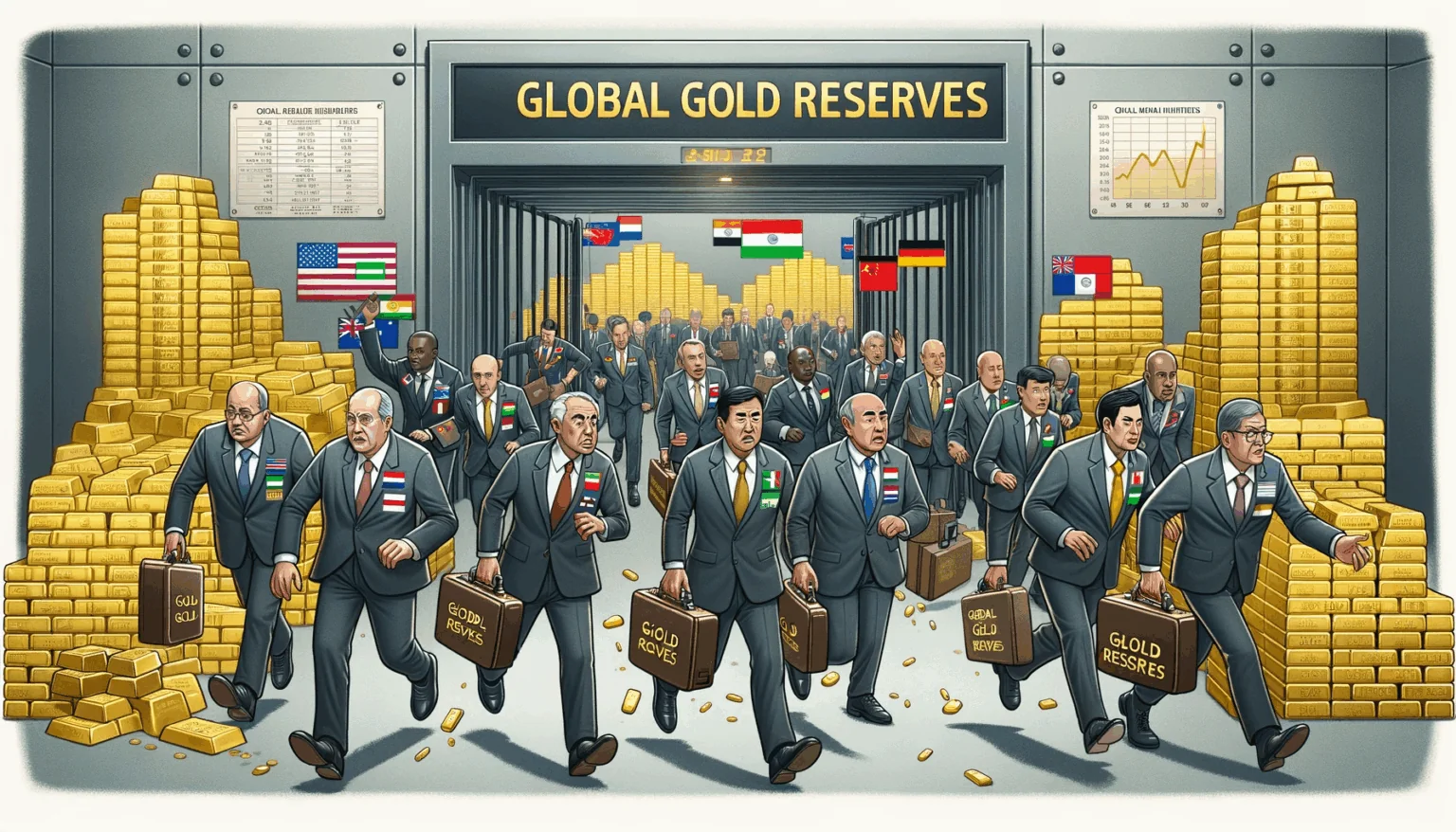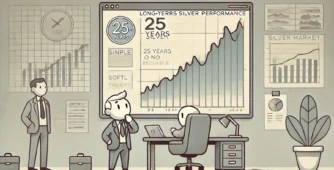US vs Global Gold Holdings Since 1957
Over the past several decades, gold holdings by the United States and the rest of the world have shown a major shift. In 1957, the US held around 20,000 tonnes of gold, while the rest of the world held about 17,000 to 18,000 tonnes. Over time, gold began moving out of the US, especially between 1957 and 1971. By 1971, US gold reserves had fallen sharply to around 8,000 tonnes. This was mainly due to war-related expenses and a growing trade deficit, which forced the US to use up its gold reserves.

End of the Gold Standard in 1971
In 1971, the US decided to stop backing its dollar with gold. Until then, dollars could be exchanged for gold at a fixed rate of $42 per ounce. But as gold reserves kept falling, the US government ended this system. Since then, US gold holdings have remained stable at about 8,000 tonnes. Meanwhile, the rest of the world kept increasing their gold reserves, reaching nearly 32,000–33,000 tonnes today—almost back to a 50-year high.
Global Central Banks Are Increasing Gold Reserves
After the 2008 Global Financial Crisis (GFC), a strong trend began where global central banks started buying more gold. Countries like Canada, the UK, and others had earlier sold part of their gold, but post-2008, the sentiment shifted. Most central banks now want to strengthen their reserve quality, and gold is once again seen as a reliable store of value. As a result, gold accumulation has picked up pace globally, excluding the US.
Gold Share Falling for the US
Back in 1957, the US alone held 53% of all central bank gold reserves. That share has dropped to around 20% today. At the same time, the US economy still makes up about 25% of the global GDP. Ideally, the gold reserve share should be in line with GDP share for global balance. This means either the US needs to increase its gold holdings, or other countries need to grow their economies further to match this gap over time.
A Long-Term Trend in Gold Accumulation
The direction is clear: central banks outside the US are gradually increasing their gold allocation. This long-term or secular trend suggests that gold prices are unlikely to fall sharply in the near future. As demand keeps rising and supply remains limited, gold is expected to hold its value or even grow further.
Ever lost money in the market and thought of quitting?
Meet Sudheer, a software engineer at Infosys who went from options losses and scams to investing ₹30K/month smartly through momentum strategies.
In this episode of the Momentum Podcast by Weekend Investing, Sudheer shares:
✅ Early mistakes & recovery
✅ How YouTube & smallcases reshaped his mindset
✅ Balancing equity, gold & market noise
✅ Insights from Andhra’s investing culture










